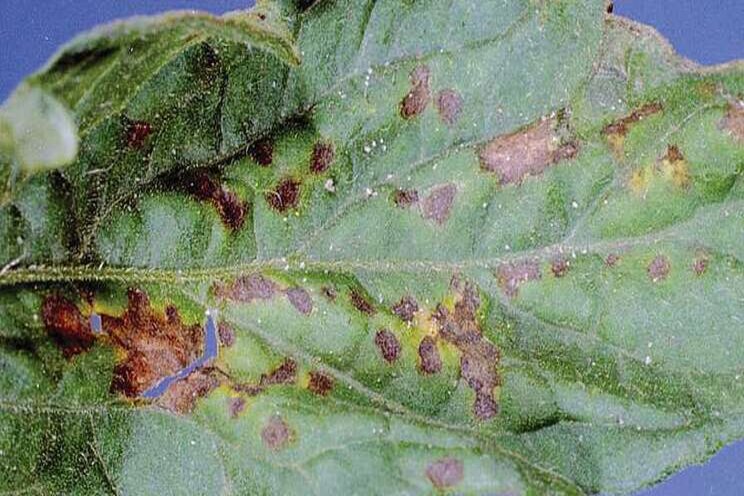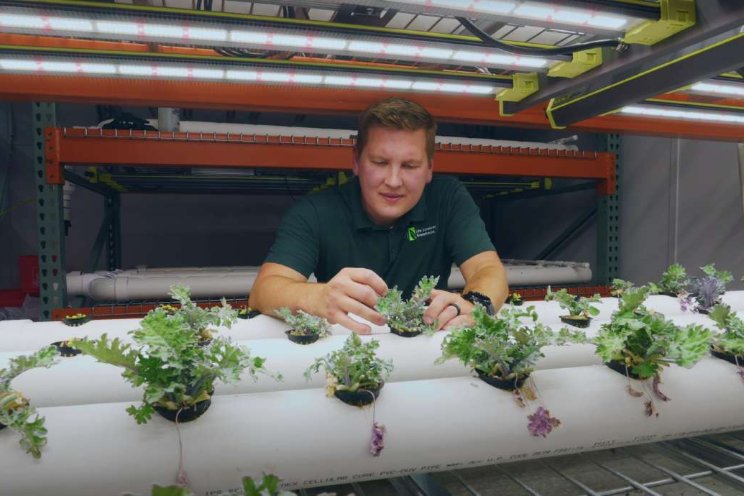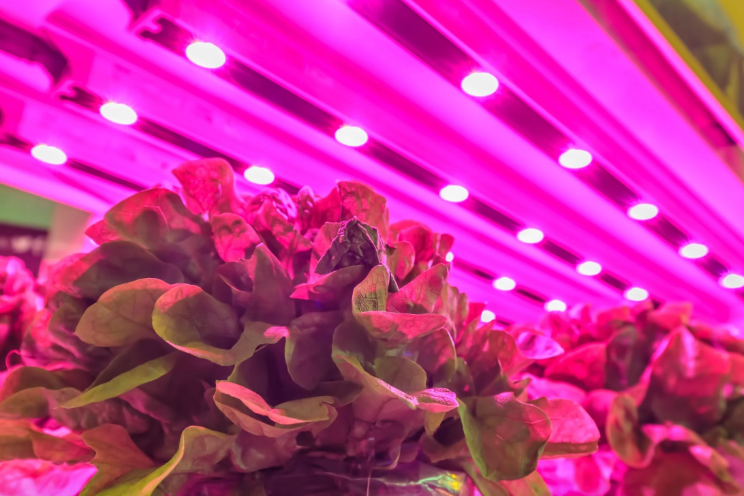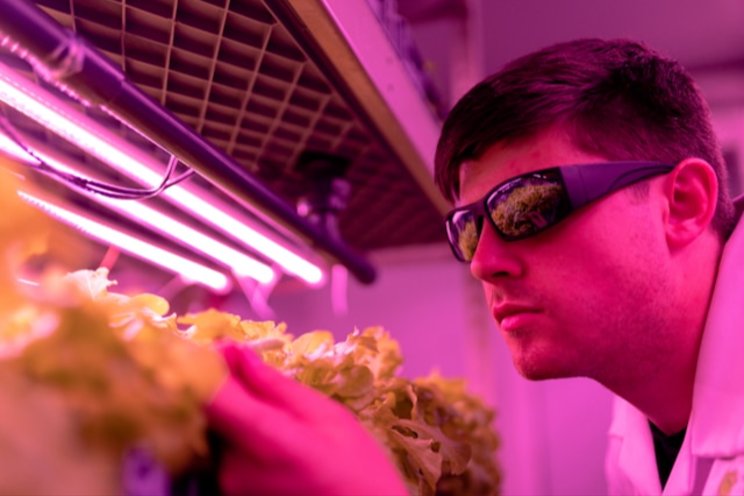Managing bacterial spot in tomatoes
Added on 19 January 2020

Symptoms of bacterial spot appear as small, water-soaked, greasy spots on infected leaflets. On tomatoes, distinct spots with or without yellowing occur. Individual leaf spots may coalesce with each other, resulting in the browning of entire leaflets. Fruit spots often begin as dark specks with or without a white halo. As spots enlarge, they become raised and scab-like. Yield loss can occur if the foliage becomes heavily diseased and blighted.
Survival and Management
Bacterial spot (Xanthomonas perforans) is seedborne, which allows strains to move on a global scale. Entry into the plant occurs through stomata, or wounds made by soil, insects, or
cultural operations.
An integrated approach is needed to manage this disease, as no resistant tomato varieties are available commercially. Exclusion is the best means of managing bacterial spot. Unfortunately, even the best bactericidal treatment offers only limited protection when conditions are favorable for rapid disease development.
Steps to prevent bacterial spot must start early in the season. This pathogen can be seedborne, so early leaf spotting may appear. Bacteria spreads from plant to plant with water, most often via splash droplets from overhead watering.
The earlier that diseased tomatoes are identified and removed from the greenhouse, the better. Since the pathogen that causes bacterial spot moves via splash droplets, not only should diseased fruit be removed from the greenhouse and disposed of in the dumpster, but anything adjacent to the diseased plants should also be removed.
Plants can be infected with low levels of bacterial spot and still appear healthy. Research in greenhouses has shown that bacterial pathogens move several feet beyond those plants that are obviously diseased.
Regular scouting coupled with quick and decisive action are important parts of a management strategy for bacterial spot. While it may be painful to remove seemingly healthy plants, the diseased plants cannot be cured.
Greenhouse benches and floors can be sanitized by first washing the surface so there is no soil or plant tissue. After washing, the surfaces can be disinfected by using a 10% bleach mix or a commercial sanitizing product. Dousing the surface with the sanitizer is helpful so that there is an extended contact time to help kill any remaining pathogens.
Copper-based products and Agri-Mycin 50 (streptomycin) can be used to limit the bacterial spot pathogen. They should be applied very early and begin when the first true leaves have emerged and reapplied frequently. The time between sprays should be as short as that which is allowed by the product labels. In many instances, the bacterial spot has developed resistance to copper, so mixing a copper product with Agri-Mycin 50 is preferred. Choose a copper product that has a relatively high level of metallic copper. Keep in mind that copper products with a high percentage of this active ingredient will likely also require a longer re-entry interval, but this can be addressed by using personal protective equipment as described by the product label.
Source: Greenhouse Grower
Photo credit: Clemson University
Source: Greenhouse Grower
More news















